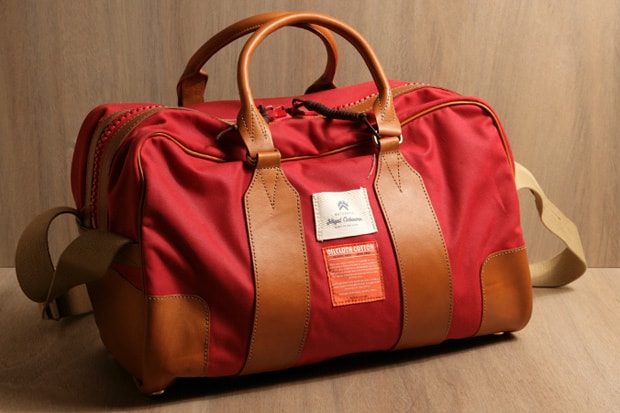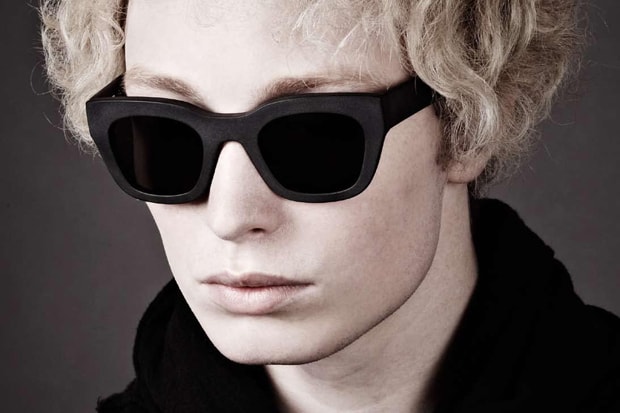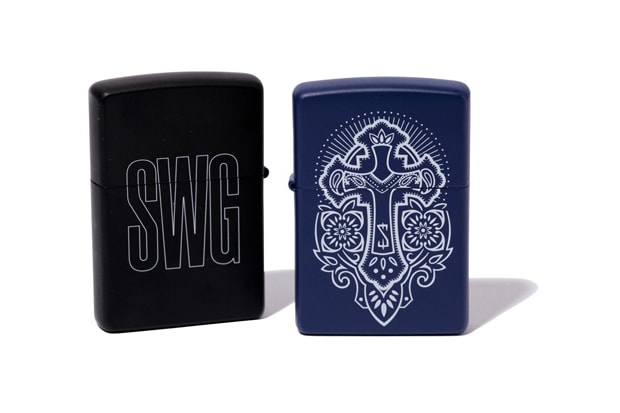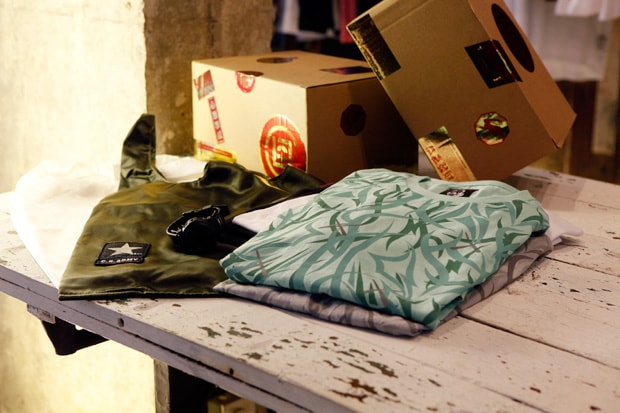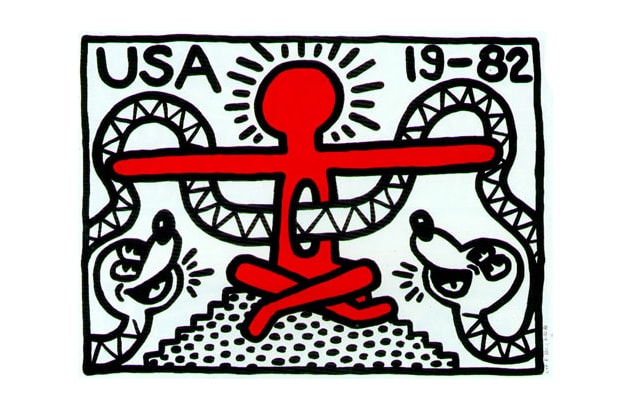DJ Muro and Keita Suzuki: Maintaining the Past
Japanese hip hop and DJ Muro are two entities that never stray far from each other. As the
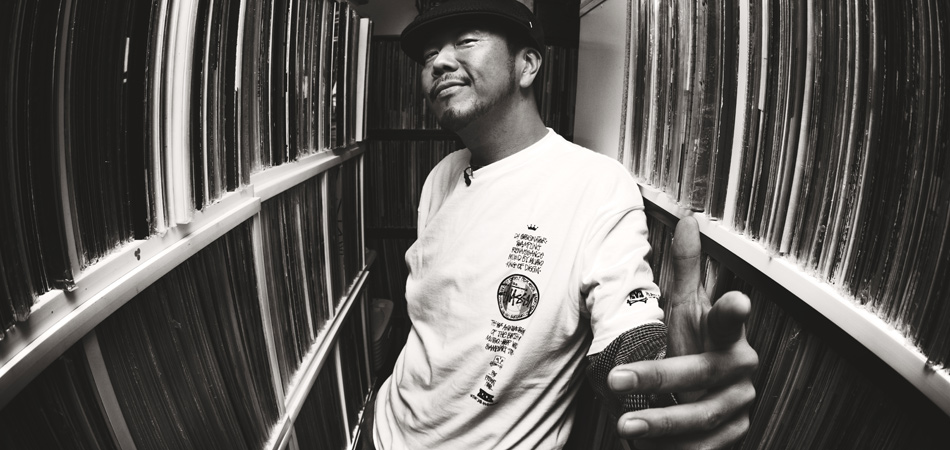
Japanese hip hop and DJ Muro are two entities that never stray far from each other. As the self-professed “King of Diggin’”, DJ Muro has tried his best to maintain the classical nature of his love for hip hop with a penchant for playing only vinyl. His contributions to Japanese hip hop landed him a special spot with Stussy who celebrated their 30th anniversary this past year.
The by-product of Stussy and Muro’s team-up was a photoprint t-shirt shot by Muro’s official photographer, Keita Suzuki. In an interview involving both DJ Muro and Suzuki, we discuss with each respective parties their relationships as well as questions pertaining to their respective trades as a DJ and a photographer.
Interview: Eugene Kan
Photography: Keita Suzuki
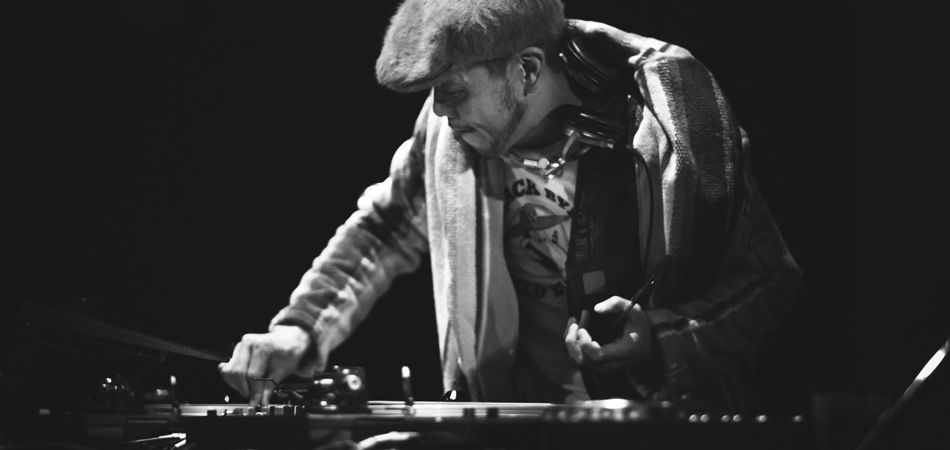
Interview with DJ Muro
As you were growing up, what is the most influential part of your music experience?
That would have to be the soundtracks from movies. When I was a little kid, my parents owned a gas station and I wasn’t allowed to play in the yard because there was too much traffic around. So my parents sent me to the theater which was only two doors down from my house and I would spend a good chunk of my days watching all kinds of movies. The soundtracks and the sound effects from the movies were very interesting to me and left a strong impression.
How have you seen the music landscape change in Tokyo over the last few years?
It is kind of unfortunate that the music scene in Tokyo is quickly becoming more Disco and dance-driven instead of people going to the club to purely enjoy the sound of good music. Many of the sound systems at the club now a days are set up for Serato instead of playing my favorite format, vinyls and they don’t sound the way I want. Recently I had the opportunity to work with the Mighty Crown crew and I quickly became re-accustomed to the sound of Reggae.
Hip hop has very much been your staple, but these days we’ve seen many artists branch out into other genres. What are your thoughts on this and does it influence your style now?
I like how people have become more open-minded and listen to all kinds of music these days. But I’m also honored by the whole lineage that surrounds being a hip hop DJ. There’s such a strong depth and history involving hip hop that you simply can’t ignore. The base of my music is hip hop and that will never change, but I’m definitely open to other kinds of music as I look to find something interesting to mix with my own to develop a unique sound.
You’ve worked on several fashion related projects in the past, how do you view the relationship between fashion and hip hop?
I find lots of similarities between fashion and music. At its foundation, they are both about taking something and mixing them up to make something new. For example, mixing the drum sound of Rock, the bass line of Jazz, and strings from AOR to make one piece of music is similar to adopting military details to outdoor gear to make something new. I go shopping for vintage clothes as much as I go digging for vinyls. That’s usually how I met various fashion industry people in the past and it helped start various projects and collaborations.
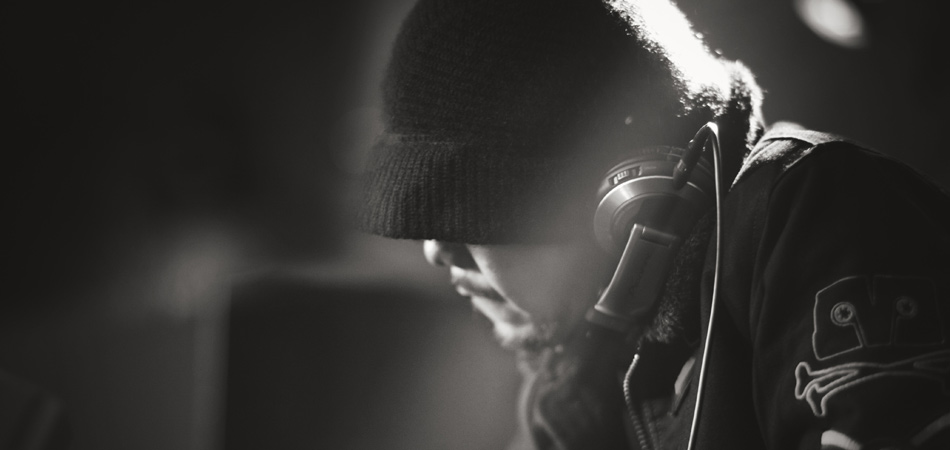
Now that crates and vinyl are a thing of the past, does the nickname “King of Diggin’” need to be refreshed?
(laughs) I would like to stick with my nickname especially in this digital DJ time. I even prefer to be classified between Serato DJs and vinyl DJs, and vinyl DJs should deserve a greater valuation for their skills and the effort of carrying heavy crates of vinyl to perform.
Where do you see the future of music going due to piracy? How prevalent is piracy through Japanese listeners?
I don’t think we can avoid the growth of the piracy. This is happening everywhere in the world now a days and of course Japan is not an exception. So the artists need to find their own way to exist as an original artist. The young generations learn things very quickly and in turn can be very good at something but they also need to go out there and find a unique originality to their trade.
You also worked together with Stussy on a new shirt. A familiar photographer friend in Keita Suzuki took the photo for this t-shirt, what was the plan from the beginning?
Yes, I’ve been working with him for quite a long time now and we know what we want and expect from each other.
With 30 years under its belt and a long-lasting reputation, what does Stussy mean to you?
I have the utmost respect from the brand. Back when I first started buying Stussy, I was in junior high and at that time you could only purchase items through mail order in Japan.
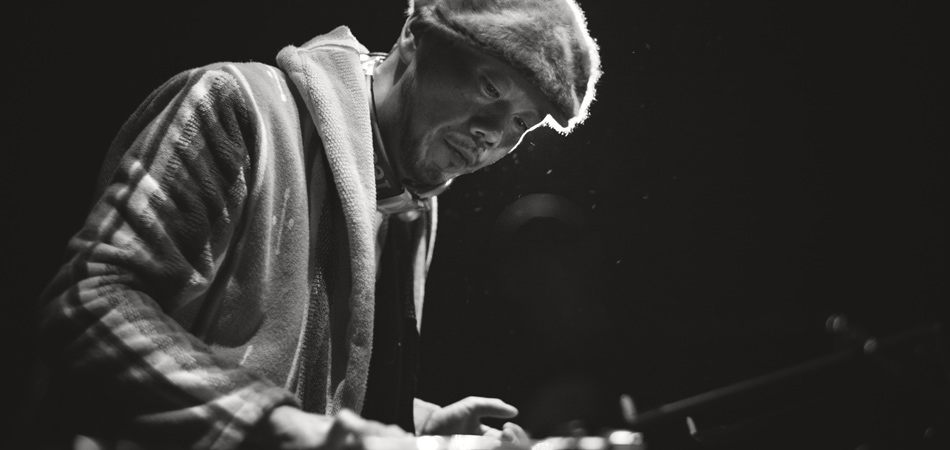
Interview with Keita Suzuki
How did you get your start in photography?
I used to be a designer but through a good friend of mine who has unfortunately passed away, he taught me how to take photos. That got me started in photography. And now, as I go into photography or design, it’s really helped me visualize the final end result before I start working.
Are there any sort preparations required before shoots aside from equipment checks or have you become familiar with all situations possible?
I always try to be prepared mentally as weird as that sounds. If the subject feels you’re not at ease, it’ll have an effect on what you produce. And there are times when it can become difficult shooting, so you just try to ride out.
What do you usually shoot with for equipment?
I usually rely on a Canon EOS 5D Mark II, a Yashica T4 as well as Leicas and a Bessaflex.
How did you get your start as the official photographer for DJ Muro?
My first time shooting for Muro was back in 2008. Tony Allen came to Japan for his Legend of Afrobeat show in Aoyama. I still remember that night clearly and it was a great opportunity to both start a new relationship with Muro and see the legendary drummer Tony Allen.
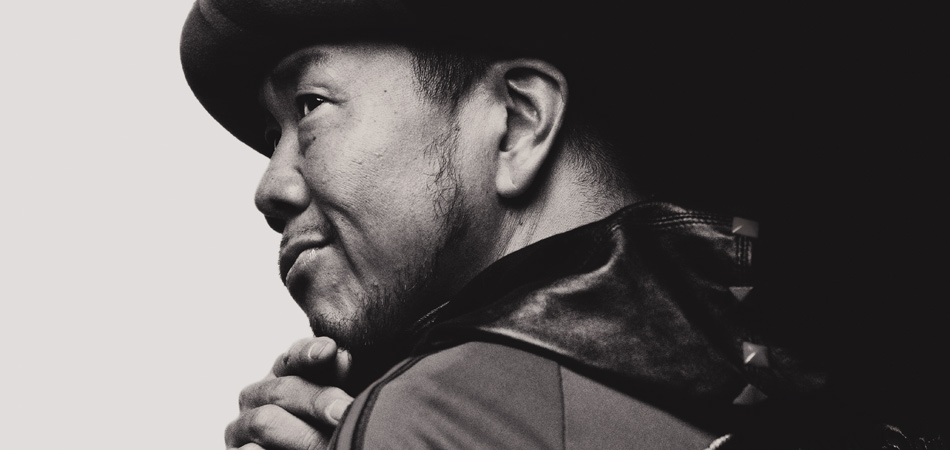
For any photographic gigs for you and Muro, does he communicate how he wants to be portrayed? Or do you simply control that aspect?
We usually only talk about the location and setting but now that we’ve worked together so extensively, I generally have a pretty good idea of how he wants to be shot and portrayed.
What’s it like shooting for an album cover versus highlighting a concert?
I sort of have to guess and read their minds when I’m shooting live or at a concert. I can’t communicate with them directly so I just have to watch their movements.
As the photographer for Wax Poetics, what does old school Hip hop and Jazz have that current music doesn’t?
I feel that the current music scene lacks theemotion and the feel like old school Hip hop and Jazz. I’m not sure about the particular over-commercialized music we see so often now.
Is there a particular reason why you drifted towards portrait photography and shooting people?
I love that feeling when someone is pleased when I take nice photo of them.
It’s even better when the subject is my friends or one my favorite artists. It is as simple as that.
How much more difficult is it to be a photographer now than in the past? Or is it easier?
While the digital revolution made it easy for many to get into photography, I think there has to be a clear distinction about photographers. It’s never easy to be a good photographer.







